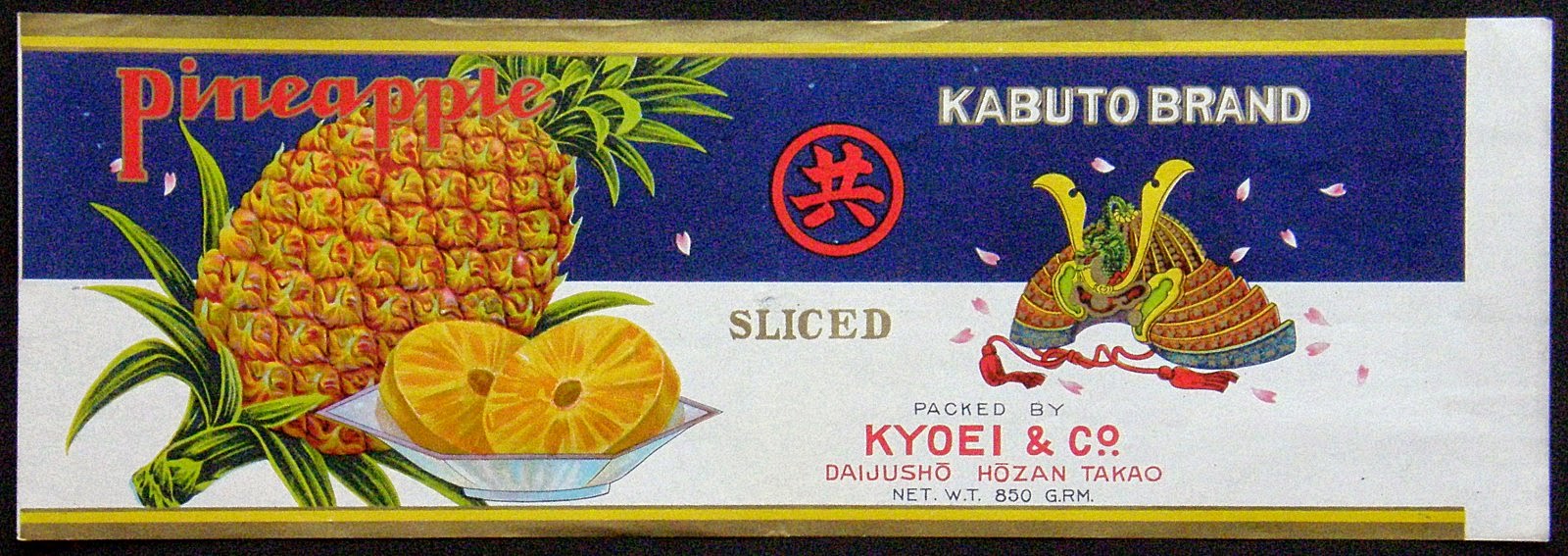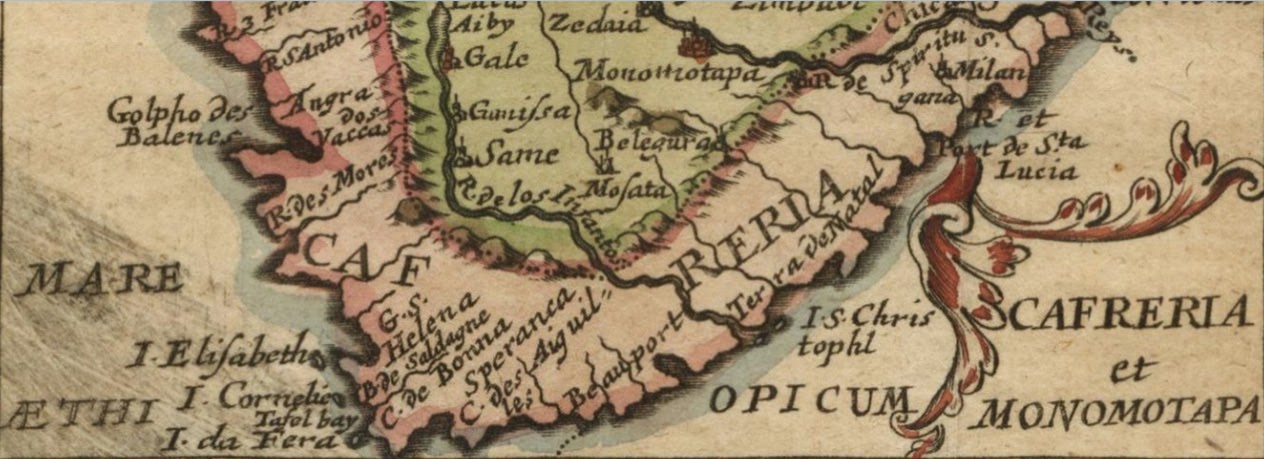 |
| Sunny Hills pineapple cakes, made with real pineapple |
It is fairly well known that the famed 鳳梨酥, pineapple cake, in Taiwan is made with winter melon fillings, not a trace of pineapple inside. Vendors claim that this has always been the preference of the consumers. That may be, but why not just call it winter melon cake a la truth in advertising? Even more puzzling is the abundance of pineapples in Taiwan that, inexplicably, has not been taken advantage of. Fortunately, some vendors have finally seen the light and begun to produce bona fide pineapple cakes (e.g.,
Sunny Hills), much to the delight of (some) foodies world-wide.
 |
| Pineapple harvesting, ca 1971 |
Pineapple is not indigenous to Taiwan. Presumably, it was native to South America and the Europeans brought it back to the Old World, etc, etc. In any case, it has found its way from China to Taiwan during the reign of emperor Kang-Xi康熙. The Japanese colonial era saw the industrialization of pineapple production; it was when Taiwan began to export canned pineapples - until interrupted by the Pacific War. After the war, through various promotion schemes, 1971 marked the highest point of pineapple cultivation expanding to more than 16,000 hectares in southern Taiwan. It was also when Taiwan became the world's largest exporter of canned pineapples, shipping out a total of 4 million plus commercial crates. Competition from SE Asian nations, however, has greatly reduced Taiwan's market share; although domestic consumption still remains strong.
Through the tireless efforts of folks at Taiwan Agricultural Experimentation Station (台灣農業試驗所), R&D of the cultivars has yielded numerous new strains, among the major ones are 台農 Nos 1 to 20, each with a popular nickname. In comparison, pineapples in Hawaii come in a mere 2 strains, MD-1 and MD-2. In the Pineapple Kingdom, Taiwan, a pineapple is not just a pineapple, even though they all look the same.
Since pineapples typically take 1.5 years to reach maturity and each strain has a distinct planting season, pineapples can be enjoyed year round. Here is a short list with nicknames and the best in-season time for consumption as a table fruit:
KaiYing Strain No 1 (開英種一號) for canning purposes
KaiYing Strain No 2 (開英種三號 or 土鳳梨) the "native" strain
TaiNong No 4 (台農四號, aka Sugar-apple Pineapple 釋迦鳳梨) mostly for exports, best time to consume: from February to April
TaiNong No 6 (台農六號, aka Apple Pineapple 蘋果鳳梨) the most popular on the wet market, best season: from April to June
 |
| TaiNong No 6 - Apple Pineapple |
TaiNong No 11 (台農十一號, aka Perfume Pineapple 香水鳳梨, best: May-June
TaiNong No 13 (台農十三號, aka Sugarcane Pineapple 甘蔗鳳梨) fall-winter production
TaiNong No 16 (台農十六號, aka Sweet-honey Pineapple 甜蜜蜜), March-October
TaiNong No 17 (台農十七號, aka Golden-diamond Pineapple 金鑽鳳梨, Feb-May and Oct-Nov
TaiNong No 18 (台農十八號, aka Golden-osmanthus Pineapple 金桂花), April-July
TaiNong No 19 (台農十九號, aka Honey-treasure Pineapple 蜜寶鳳梨)
 |
| TaiNong No 19 |
 |
| Wedges dipped in salt water can reduce the pineapple "sting" |
How to pick the right pineapple to purchase? As lard-making, this is also a skill requisite of all Taiwanese housewives, essentially the same diagnostic technique used by practitioners of Traditional Chinese Medicine, i.e., judgment based on weight, shape, color, smell, and sound (when tapped with fingers).
Factoid: Pineapple 鳳梨 is pronounced 旺梨 ong-lai in Taiwanese, the same as 旺來, meaning "prosperity arriving". They are often given to friends as a wish for good luck.

.JPG)
.JPG)
.JPG)

.jpg)
.jpg)
.jpg)









